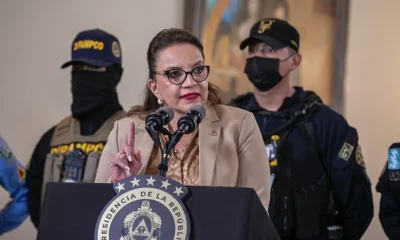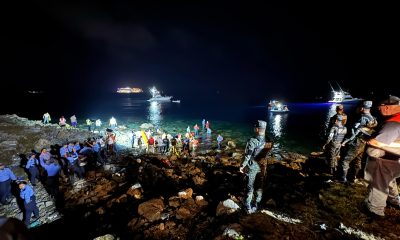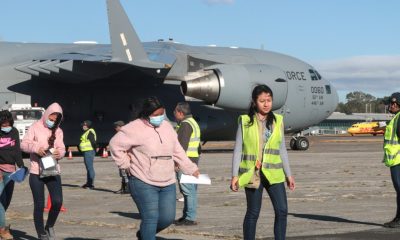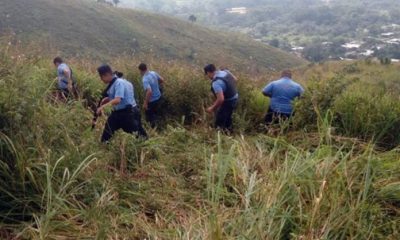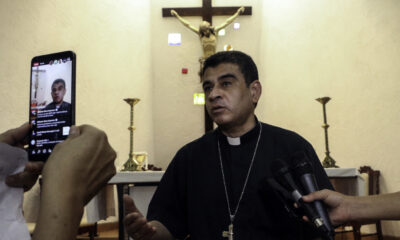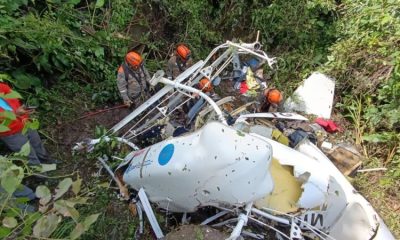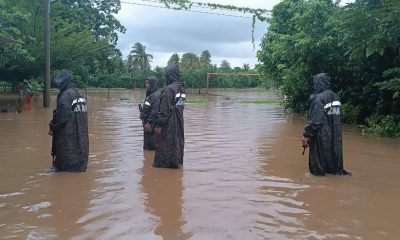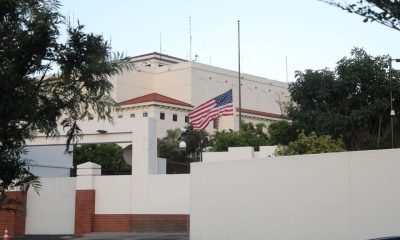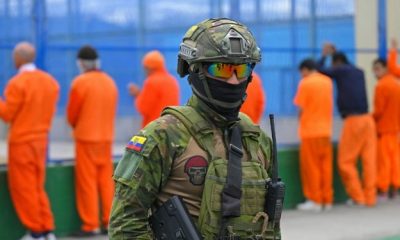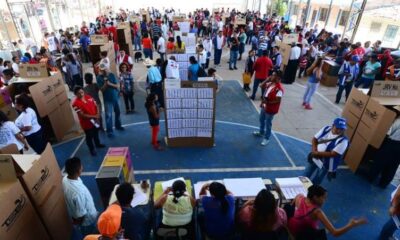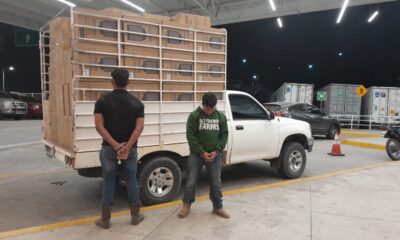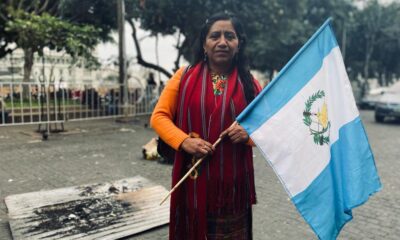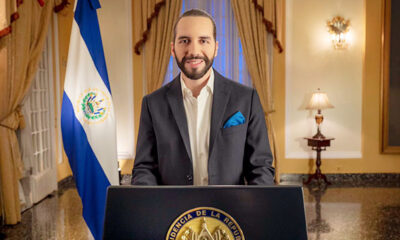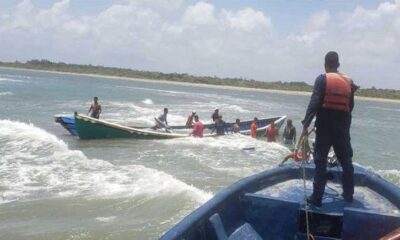Central America
Thousands affected in Honduras and Guatemala after heavy rains
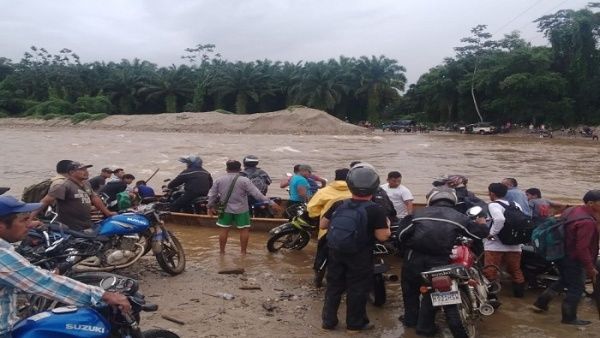
November 7 |
More than 42,000 people are affected in Honduras and around 26,000 in Guatemala after heavy rains hit those territories.
Seven Honduran departments are still under yellow alert and, according to the Secretariat of State in the Offices of Risk Management and National Contingencies (Copeco), the rains will continue in several regions of the country due to a wedge of high pressure and the entry of moisture from the Caribbean.
In this sense, thunderstorms with electrical activity are expected in central, southern, northern, western and southwestern regions, due to the convergence of wind and humidity from the Pacific.
As a result of this situation, rescue teams had to evacuate a group of families the day before in the city of Puerto Cortés (north) due to flooding.
On the other hand, in Guatemala, the extensive rains reported throughout the week have caused road blockages, landslides, sinkholes and overflowing of large rivers, such as the Chixoy, in Alta Verapaz and Quiché (center).
According to the latest report of the National Coordinator for Disaster Reduction (Conred), the rainy season in this country has already left 58 dead and almost four million people affected from the end of April until last Friday.
Due to the effects of the El Niño phenomenon, which causes heavy rainfall, floods and droughts, this nation warned mainly the eastern departments, such as El Progreso, Chiquimula, Zacapa, Jutiapa and Chimaltenango and part of this capital.
Central America
Arévalo accuses Porras and judge of undermining democracy in Guatemala

Guatemalan President Bernardo Arévalo denounced a new attempt at a “coup” orchestrated by the Attorney General’s Office. He also requested an extraordinary session at the Organization of American States (OAS) to address the country’s ongoing political crisis.
The president has been at odds with Attorney General Consuelo Porras, who has been sanctioned by the United States and the European Union for being “corrupt” and “anti-democratic.” Since 2023, Arévalo has accused Porras of launching investigations against his party, Semilla, and the 2023 elections as part of a scheme to prevent his inauguration in January 2024.
From the presidential office, Arévalo has said he continues to “resist” the “coup plotters,” but tensions escalated last Friday when Judge Fredy Orellana, at the request of the Attorney General’s Office, ordered the electoral court to annul the Semilla party’s promoter group. Arévalo interpreted this as an attempt to revoke the positions won by the party.
“Orellana, a hitman who distorts the law in service of Consuelo Porras, is attempting to force […] the unconstitutional removal of a mayor, 23 elected deputies […], the vice president, and the president of the country,” Arévalo said in a televised address on Sunday.
“We call on the international community not to turn a blind eye to the coup being attempted in Guatemala,” he added, speaking alongside his cabinet and congressional members at the National Palace in Guatemala City.
Arévalo requested that the Organization of American States hold an extraordinary session to present “the serious threats” to the Guatemalan Constitution and democracy perpetrated by Porras and Orellana.
Yesterday, Guatemalan Foreign Minister Carlos Ramiro Martínez reaffirmed the president’s statements, emphasizing the need “to go and expose the situation” Guatemala has been facing since last week due to the actions of the Attorney General’s Office.
Central America
New dismembered bodies found in San Juan river days after mass killing in Palencia

On the morning of Monday, October 27, Guatemala’s Volunteer Firefighters confirmed the discovery of two bodies and two human heads inside plastic bags in the San Juan River, located in the Zacualpía village at kilometer 21 of the Atlantic Highway, in the jurisdiction of Palencia.
The remains were found by personnel from Companies 85, 50, and Central, who responded after receiving a report about suspicious bags floating in the water. The gruesome discovery was made just a few meters from the site where eight tortured bodies were found under the San Juan Bridge on Friday, October 24.
Local authorities do not rule out a connection between both incidents and suspect they may be tied to the same criminal organization. Investigators from the Public Ministry and the National Civil Police arrived at the scene to gather evidence and transfer the remains to the National Institute of Forensic Sciences (Inacif).
According to data from the National Economic Research Center (CIEN), Guatemala recorded 2,154 homicides between January and August 2025, an increase compared to the 1,816 reported during the same period in 2024.
Central America
Four guatemalan soldiers arrested for stealing weapons from Northern Air Command

Four soldiers were arrested in connection with the theft of weapons from the Northern Air Command of the Ministry of Defense in Petén, Guatemala, following operations conducted by the Public Ministry (Prosecutor’s Office).
“During the operations, criminal scenes were processed, analyzed, and documented photographically, possible escape routes were identified, surveillance cameras were located, and potential witnesses were interviewed,” the Prosecutor’s Office explained in a social media post.
The detained soldiers were identified as Ludwin Jónathan Cardona Baltazar, charged with illicit association, dereliction of duty, and aggravated theft; and Josué Israel Pérez Jerónimo, Alain Omar Marroquín Soch, and Carlos Ernesto Ibarra Corrales, charged with dereliction of duty, according to Guatemala’s Prensa Libre.
The military personnel reportedly stole 55 rifles, 14,420 rounds of 5.56 mm ammunition, 92 magazines of 35 rounds each, 19 magazines of 20 rounds each, and three grenade launchers, “which were allegedly moved from the arms warehouse to the outside for illicit sale.”
The Ministry of Defense stated that it will keep its internal control mechanisms active to prevent similar incidents.
-

 International5 days ago
International5 days agoJamaica faces widespread destruction as hurricane Melissa hits the island
-
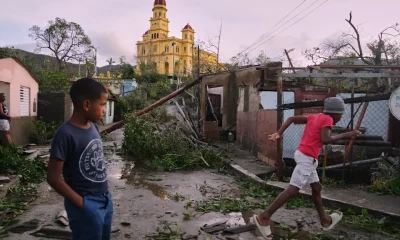
 International2 days ago
International2 days agoHurricane Melissa kills over 30, leaves thousands displaced in the Caribbean
-
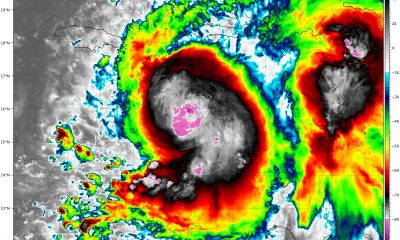
 International4 days ago
International4 days agoMelissa leaves path of destruction in Caribbean, 735,000 evacuated in Cuba
-
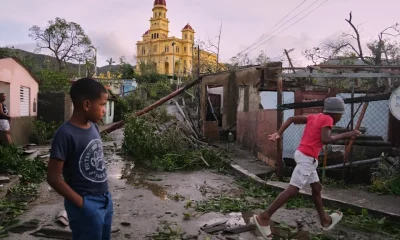
 International3 days ago
International3 days agoHurricane Melissa leaves Jamaican residents homeless as recovery efforts begin
-
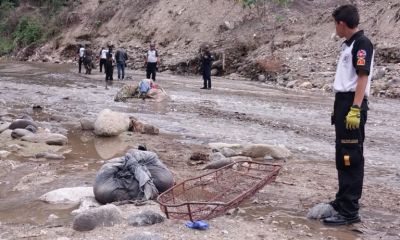
 Central America5 days ago
Central America5 days agoNew dismembered bodies found in San Juan river days after mass killing in Palencia
-
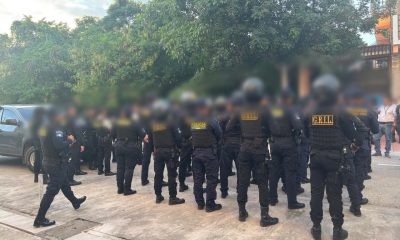
 Central America5 days ago
Central America5 days agoFour guatemalan soldiers arrested for stealing weapons from Northern Air Command
-

 Central America5 days ago
Central America5 days agoArévalo accuses Porras and judge of undermining democracy in Guatemala
-

 International4 days ago
International4 days agoArgentina’s Milei opens dialogue with parties to push “Second-Generation Reforms”
-

 International2 days ago
International2 days agoU.S. considering airstrikes on military sites in Venezuela, reports say
-

 International3 days ago
International3 days agoUS Deputy Secretary criticizes Mexico’s call to end Cuba trade embargo at UN
-

 International3 days ago
International3 days agoVenezuela warns citizens who call for invasion risk losing nationality
-

 International3 days ago
International3 days agoTrump orders immediate U.S. nuclear testing, ending 30-year moratorium
-

 International3 days ago
International3 days agoBrazilian president defends coordinated anti-drug operations after deadly Rio raid
-

 International2 days ago
International2 days agoTrump sets historic low refugee cap at 7,500, prioritizes white South Africans
-

 International3 days ago
International3 days agoMexico advances continental shelf claims at UN Commission in New York
-
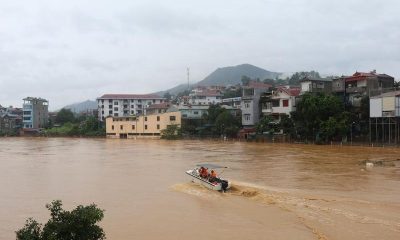
 International24 hours ago
International24 hours agoFloods in Central Vietnam leave 28 dead, thousands displaced
-

 International2 days ago
International2 days agoUNICEF: Over 700,000 children affected by Hurricane Melissa in the Caribbean
-

 International2 days ago
International2 days agoU.S. warns China over Taiwan during high-level defense talks in Kuala Lumpur
-

 International3 days ago
International3 days agoSimeón Pérez Marroquín, ‘El Viejo,’ detained for role in Miguel Uribe Turbay assassination plot
-

 International2 days ago
International2 days agoPope Leo XIV revives Global Compact on Education to confront cultural crisis
-

 International24 hours ago
International24 hours agoFBI foils ISIS-Inspired attack in Michigan, arrests five teens





























